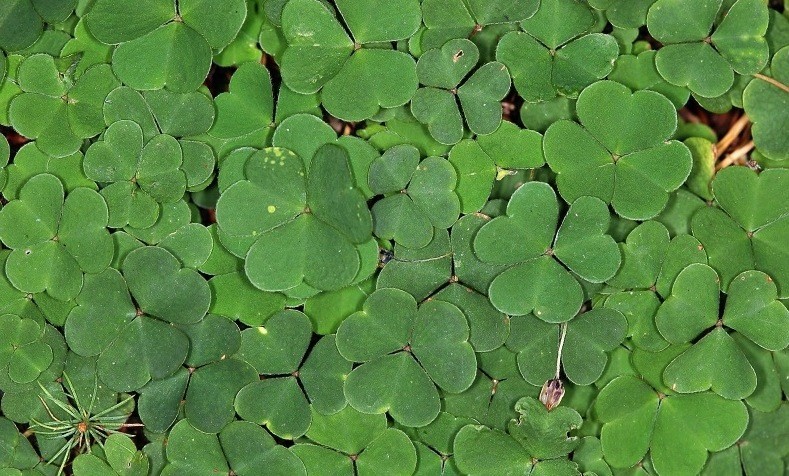Oxalis griffithii
(Oxalis griffithii)

Description
Oxalis griffithii is an Oxalis species found in thickets and meadows of Bhutan, China, India and Japan. Perennials 7–25 cm (2.8–9.8 in) tall, stemless, pubescent. Rhizome creeping underground, entirely densely covered by dark brown scalelike remains of leaf bases, 6–12 mm (0.24–0.47 in) thick including scales; scales strigose. Leaves basal; petiole 6–20 cm (2.4–7.9 in), pubescent, trichomes brown and curled; leaflet blades obtriangular, 1–2.5(–4.5) × 1.5–3.5(–5.5) cm, abaxially pubescent, adaxially glabrous, apex broadly emarginate to subtruncate; lobe apices obtuse. Flowers solitary, nodding; peduncle 4–15 cm (1.6–5.9 in), equal to or longer than leaves; bracts at middle of flowering stalk, lanceolate, 2.5–4 mm (0.10–0.16 in), with dense trichomes along midvein and margins. Sepals lanceolate, 5–7 mm (0.20–0.28 in), persistent. Petals white with lilac veins, rarely pink (Hubei), narrowly obovate, 1.2–1.6 (–2) cm, apex retuse to deeply emarginate. Capsule oblongconic, 5–13 mm (0.20–0.51 in) × 5–6 mm (0.20–0.24 in). Seeds ovoid, 2.5–3.5 mm (0.10–0.14 in), longitudinally ridged. Mixed deciduous or coniferous forests, thickets, moist and dry shady places; 800–3,400 m (2,600–11,200 ft). found in China, Taiwan, Bhutan, India, Japan, Kashmir, Korea, N Myanmar, Nepal, Philippines. Oxalis is a large genus of flowering plants in the wood-sorrel family Oxalidaceae, comprising over 550 species. The genus occurs throughout most of the world, except for the polar areas; species diversity is particularly rich in tropical Brazil, Mexico and South Africa. Many of the species are known as wood sorrels (sometimes written "woodsorrels" or "wood-sorrels") as they have an acidic taste reminiscent of the sorrel proper (Rumex acetosa), which is only distantly related. Some species are called yellow sorrels or pink sorrels after the color of their flowers instead. Other species are colloquially known as false shamrocks, and some called sourgrasses. For the genus as a whole, the term oxalises is also used. These plants are annual or perennial. The leaves are divided into three to ten or more obovate and top notched leaflets, arranged palmately with all the leaflets of roughly equal size. The majority of species have three leaflets; in these species, the leaves are superficially similar to those of some clovers. Some species exhibit rapid changes in leaf angle in response to temporarily high light intensity to decrease photoinhibition.
Taxonomic tree:







